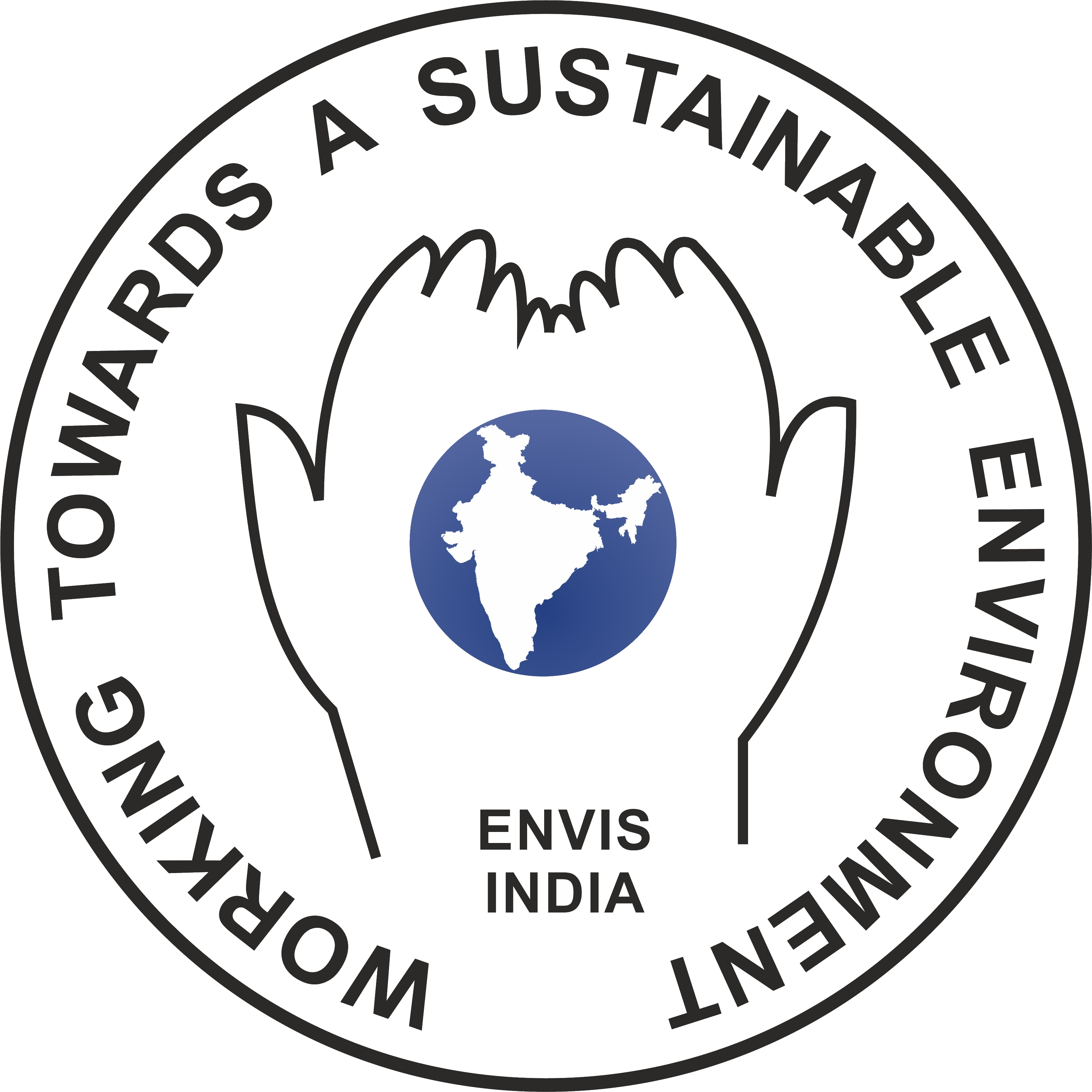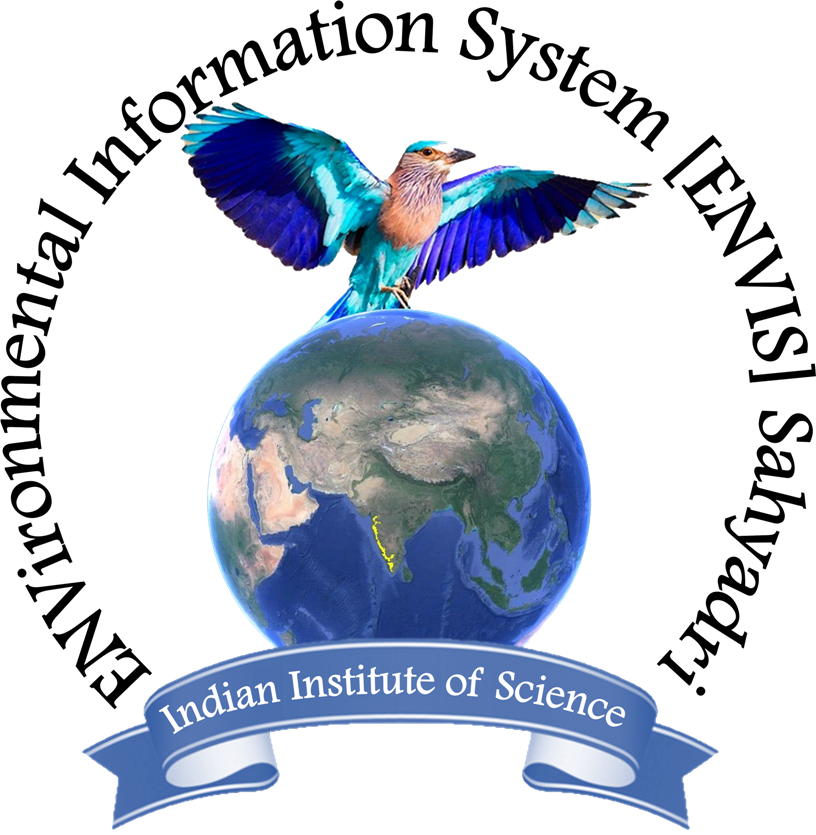Pond with Native Green cover (in the catchment) to Sustain Hydrological regime- Jain Temple (mutt) Area, Moodabidri, Dakshina Kannada DistrictCite
Ramachandra T V, Vinay S, Akhil C A and M D Subash Chandran
ENVIS[RP], Environmental Information System, Energy and Wetlands
Research Group,
Centre for Ecological Sciences, Indian Institute of Science -
560012
envis.ces@iisc.ac.in
tvr@iisc.ac.in Phone:
080 22933099/22933503
Summary: Sustainable management of natural resources has attained the attention of everyone in the early 20th century consequent to the crisis faced by the society due to water scarcity with the degradation of ecosystems. The anthropogenic activities have affected the quality and quantity of natural resources, which is evident from the disappearance of water bodies, degraded catchments, which necessitated optimal resource planning. Spatial and temporal tools such as Geographic Information System (GIS) are helpful in analyzing the spatial data. To meet the growing demand for water, attention is now diverted towards alternatives such as rainwater harvesting, etc. Rainwater harvesting and artificial recharge of ground water augments the ground water storage and improves the condition of the other water resources in the vicinity. Rainwater harvesting forms one of the most cost-effective methods for improving the water resources for domestic water requirements.
This report analyses the feasibility of a harvesting structure at Moodbidri temple premises which covers an area of 11 acre at 13o 5' 33" N, 74o 59' 40" E with the catchment of 37.14 ha. The location and size of harvesting structure was identified with a detailed investigation of the land use pattern, hydrological analyses, catchment delineation, etc. Topographical analyses with the help of Digital Elevation Model (DEM) created using QGIS 2.10, suggested suitable location of the harvesting structure at the premises. About 1.5 acre is identified for constructing rainwater harvesting structure. Hydrological analyses were carried out taking into account various land uses (sub-catchment delineation) to assess the water yield in the region. The cumulative annual yield of the catchment is about 735 million liters and the storage capacity of the proposed pond ranges from 6000 m3 to 25000 m3.


 Sahyadri ENews Issues: I - LXXVIII
Sahyadri ENews Issues: I - LXXVIII
